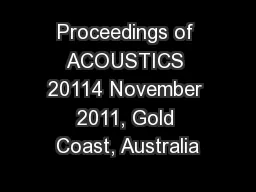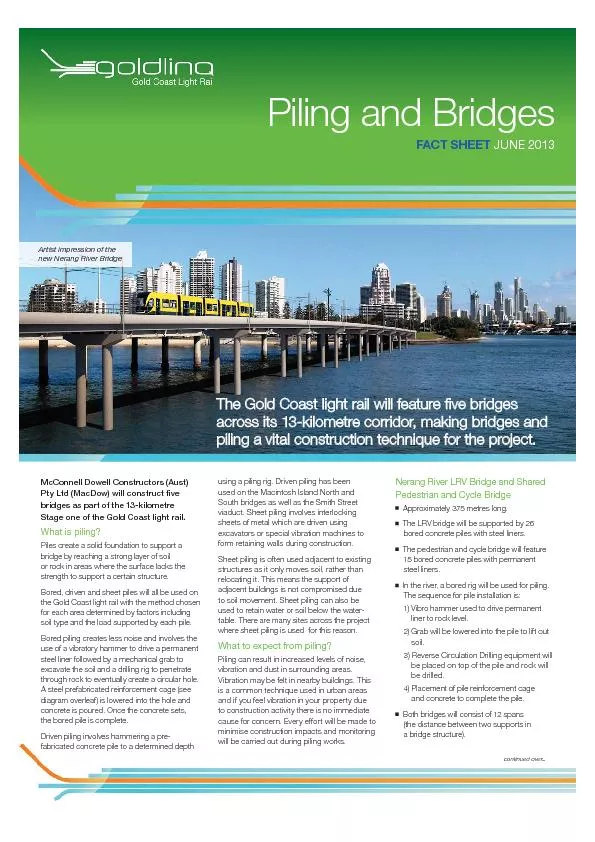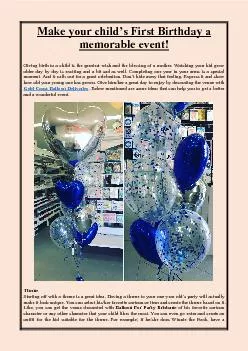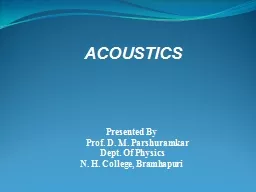PDF-Proceedings of ACOUSTICS 20114 November 2011, Gold Coast, Australia��A
Author : danika-pritchard | Published Date : 2016-04-27
Figure 1Western Australia Local overnment noise survMusical instruments and air conditioning units both rank on this list of regular complaints made to local councilRegulations
Presentation Embed Code
Download Presentation
Download Presentation The PPT/PDF document "Proceedings of ACOUSTICS 20114 November ..." is the property of its rightful owner. Permission is granted to download and print the materials on this website for personal, non-commercial use only, and to display it on your personal computer provided you do not modify the materials and that you retain all copyright notices contained in the materials. By downloading content from our website, you accept the terms of this agreement.
Proceedings of ACOUSTICS 20114 November 2011, Gold Coast, Australia��A: Transcript
Download Rules Of Document
"Proceedings of ACOUSTICS 20114 November 2011, Gold Coast, Australia��A"The content belongs to its owner. You may download and print it for personal use, without modification, and keep all copyright notices. By downloading, you agree to these terms.
Related Documents














